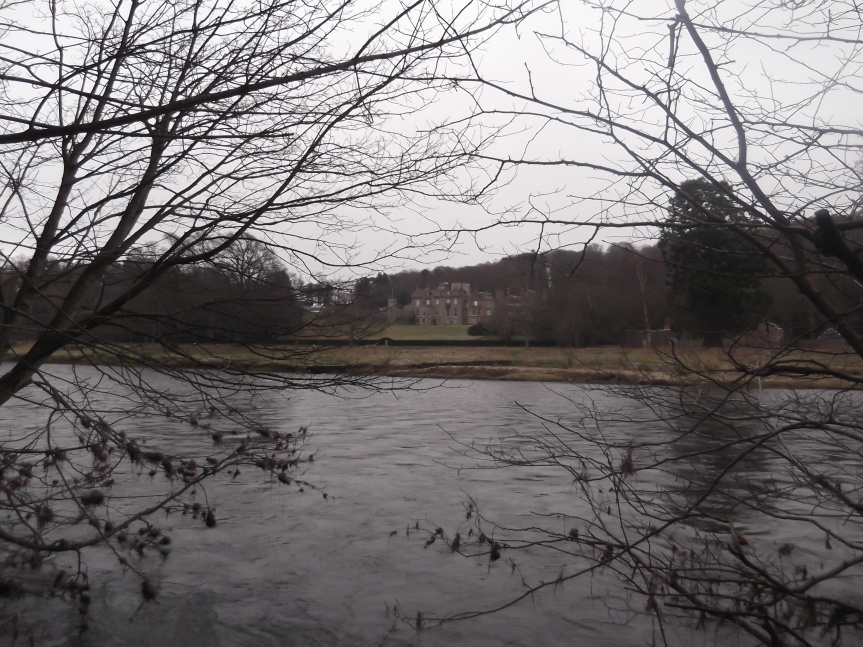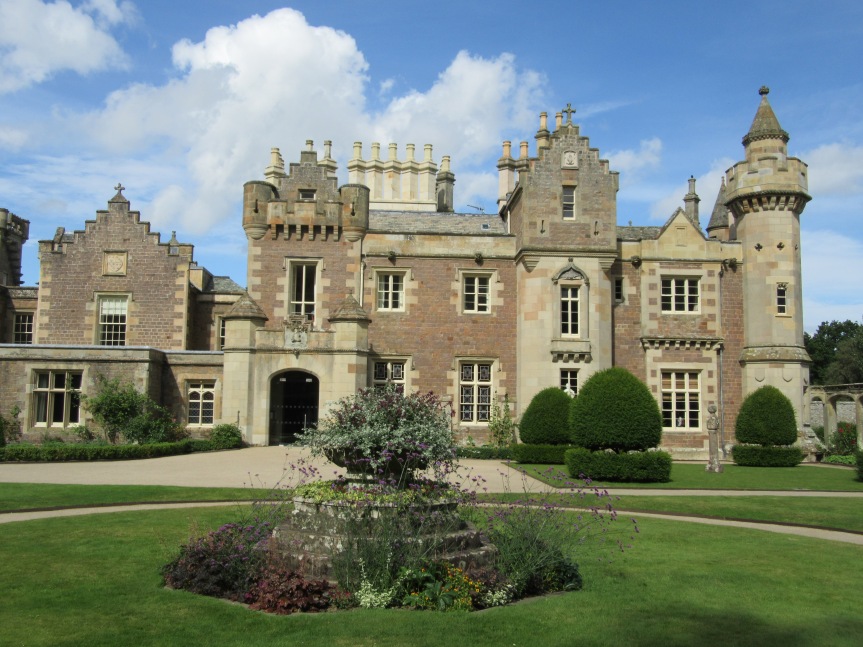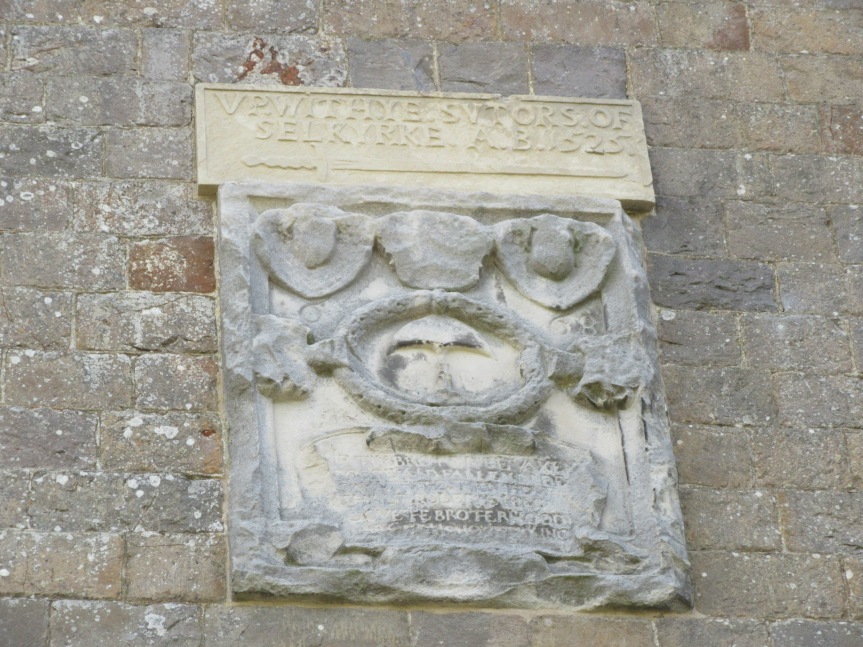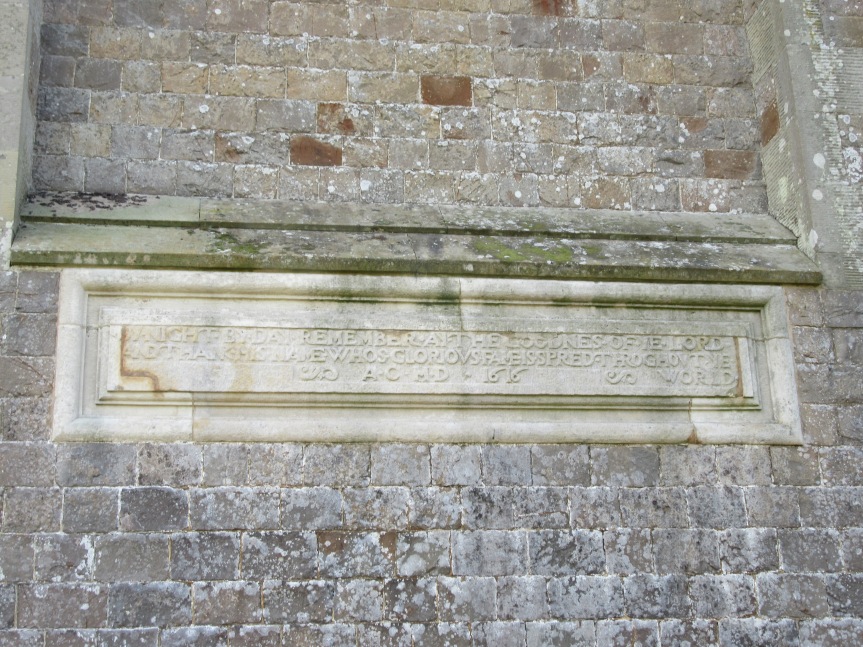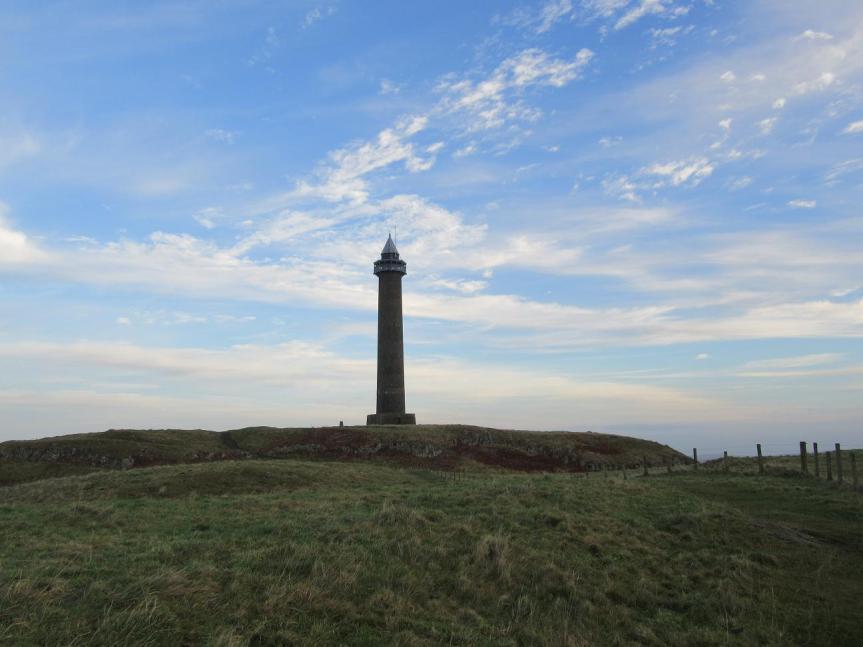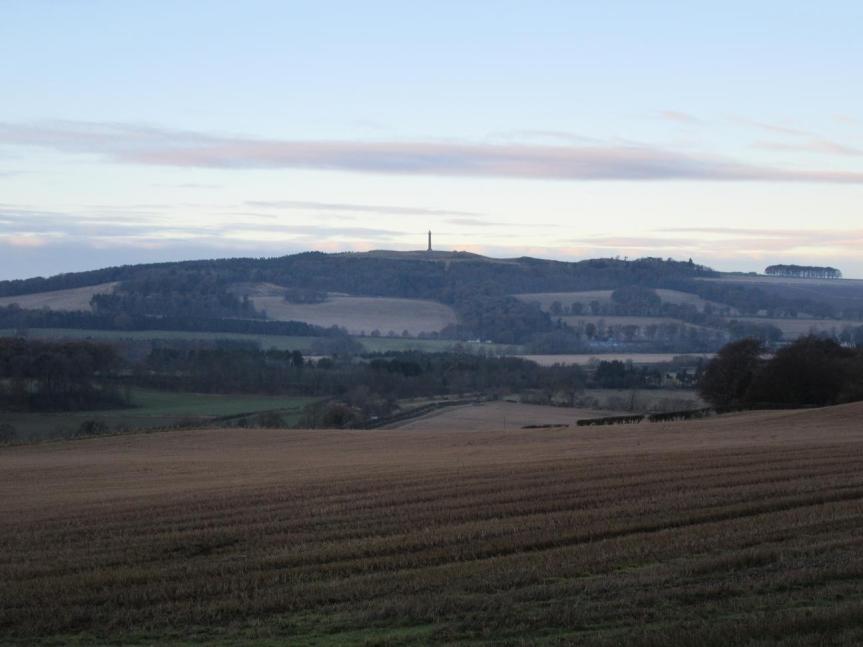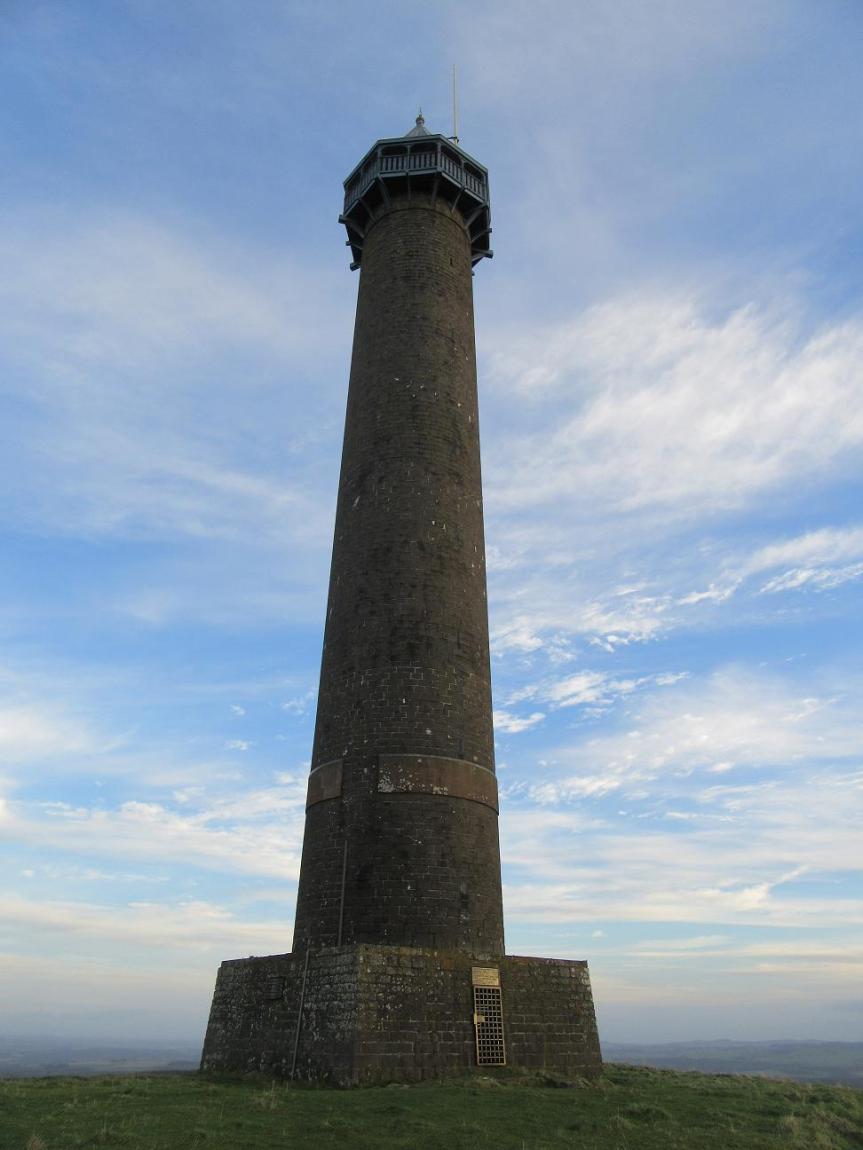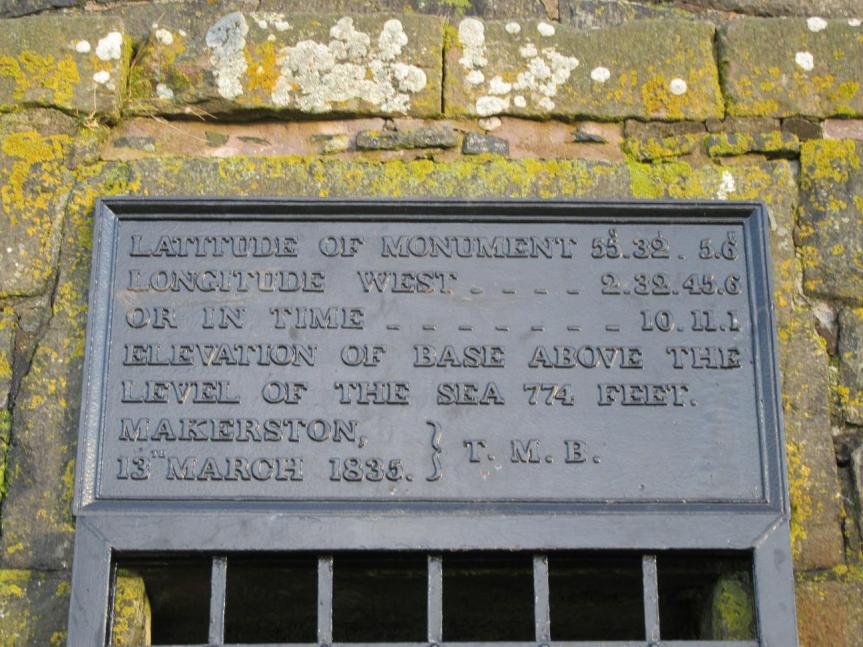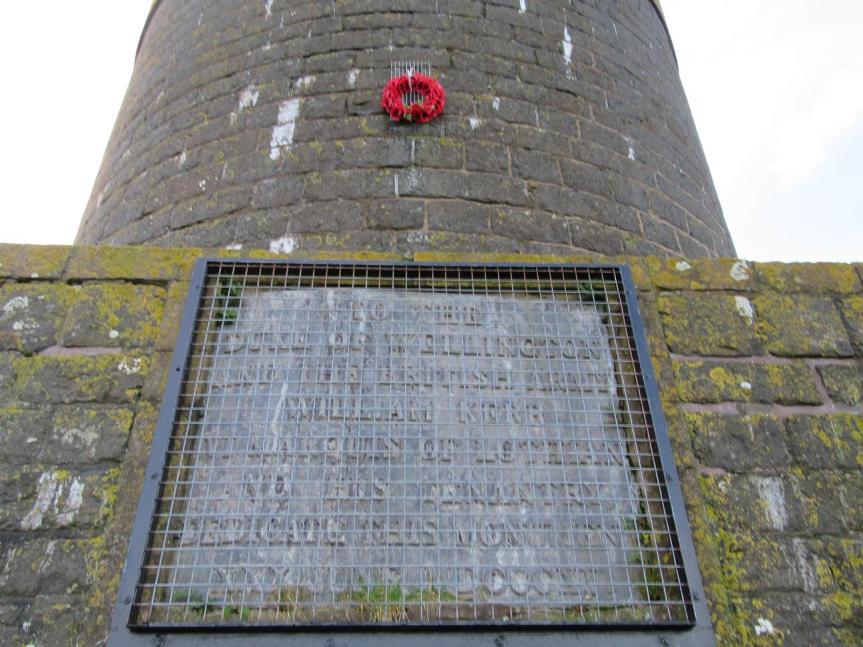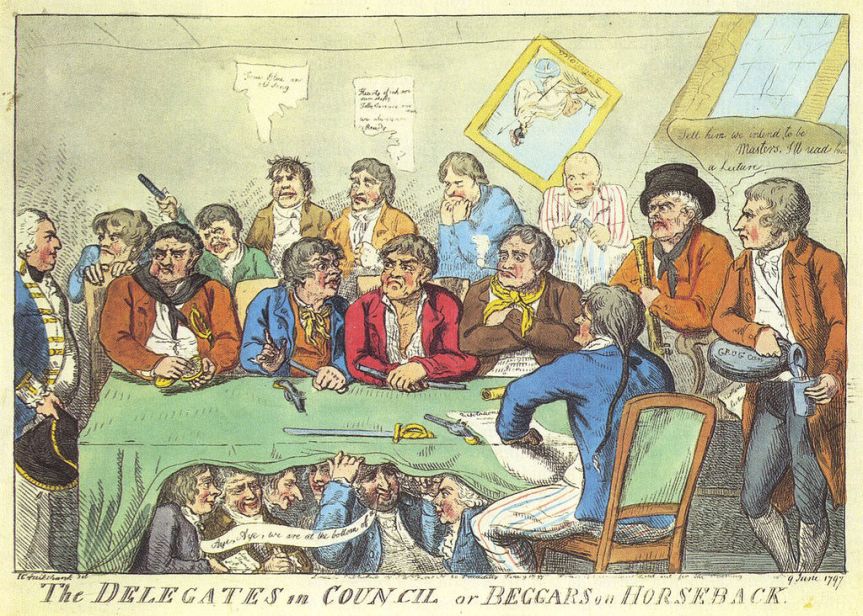
The last Collingwood Society meeting of the year was a talk by Tony Barrow on the great mutinies at Spithead and the Nore in 1797.
The talk started with the display of a contemporary cartoon depicting the mutiny at the Nore – showing an unusually critical view of sailors, who were more often shown as hard working heroes, but also suggesting that the real cause of the mutinies was provocation by radical politicians. And it’s this question of whether the mutinies really were a spontaneous response to naval conditions, or something far more political, that is still interesting people today.
There had been several single ship mutinies in the years leading up to 1797 – notably the famous mutiny on the Bounty, and a mutiny on Culloden where the crew refused to put to sea in a ship they believed to be unseaworthy, where a promise of a pardon for the mutineers had been reneged on. Later in 1797 there was also a notorious incident where the crew of the Hermione had revolted against a tyrannical captain and turned the ship over to the Spanish.
To some extent this was an artefact of the growth of the navy, with wartime manning problems meaning that sailors were turned over from ship to ship as they were needed, instead of staying with a captain they knew well, as in earlier days – Nelson seems to have believed that the main problem was this habit of keeping men without ever letting them ashore to their homes and families, while Collingwood believed that the main problem was with men who should never have become officers, who ‘endeavouring to conceal, by great severity, their own skilfulness and want of attention, beat the men into a state of insubordination’.
The two great mutinies were very different in some ways, although they were so close in time, and superficially similar in their demands.
The demands of the first mutiny, at Spithead, were essentially about pay and conditions – they asked for a rise in the basic wage, which hadn’t changed in more than a century, for the abolition of the ‘purser’s pound’s, which meant that for every pound of provisions bought, 14 ounces went to the ship and 2 ounces to the purser himself, and for the removal of some specific unpopular officers – and their demands were met. It was very well organised, with delegates sent from each ship, and no ringleaders ever discovered – and relatively peaceful, with the men themselves providing discipline as necessary. None of the delegates were punished, and several were later promoted – but the mutiny lasted the time it did partly because it wouldn’t end until a royal pardon had been obtained for everyone involved.
The mutiny at the Nore was quite different from the start – instead of taking place within a settled fleet, the Nore was a place where ships – and men – regularly came and went. It had leaders who not only were named by others but claimed the position for themselves, and it quickly turned violent – as well as setting out to blockade merchant shipping into London, where the Spithead mutiny had only affected naval movements. As well as asking for the concessions granted at the Nore to be applied to all sailors – which had already been agreed – they were asking for all sailors to be given leave to visit their homes after they came into port, for pressed men to be given two month’s advance on their pay, and for changes to the distribution of prize money and to the Articles of War – still things which concerned the sailors’ wellbeing, but were arguably more political as well. This second mutiny ended not only with the refusal of the requests, but with executions and other punishments.
Various groups have been blamed for stirring up unrest on board, particularly the United Irishmen and the recently introduced quota men – either that malcontents were being sent on board for their counties to get rid of them or that saboteurs were deliberately being sent within their numbers – but there is no evidence that either group was involved disproportionately, although by this time a fairly large proportion of seamen were Irish. Tony’s own contribution seems to have been looking at the number of men from the north east involved, and the idea that they brought an early form of trade unionism with them – we were shown a broadsheet circulated on the Tyne earlier in the decade listing many of the same grievances over naval conditions.
Later writers have also disagreed on the basic reason for the mutinies – as we’ve seen, at least some contemporaries believed that it was being stirred up by radicals in the background, but the first historical account (from the 1840s) believed it to be essentially about the conditions. Later left-wing historians present it as essentially political, complaining about it being shown as a parochial affair of ships biscuits. Later again, writers seem to have shown the influence of both elements – we were left to make up our own minds!

